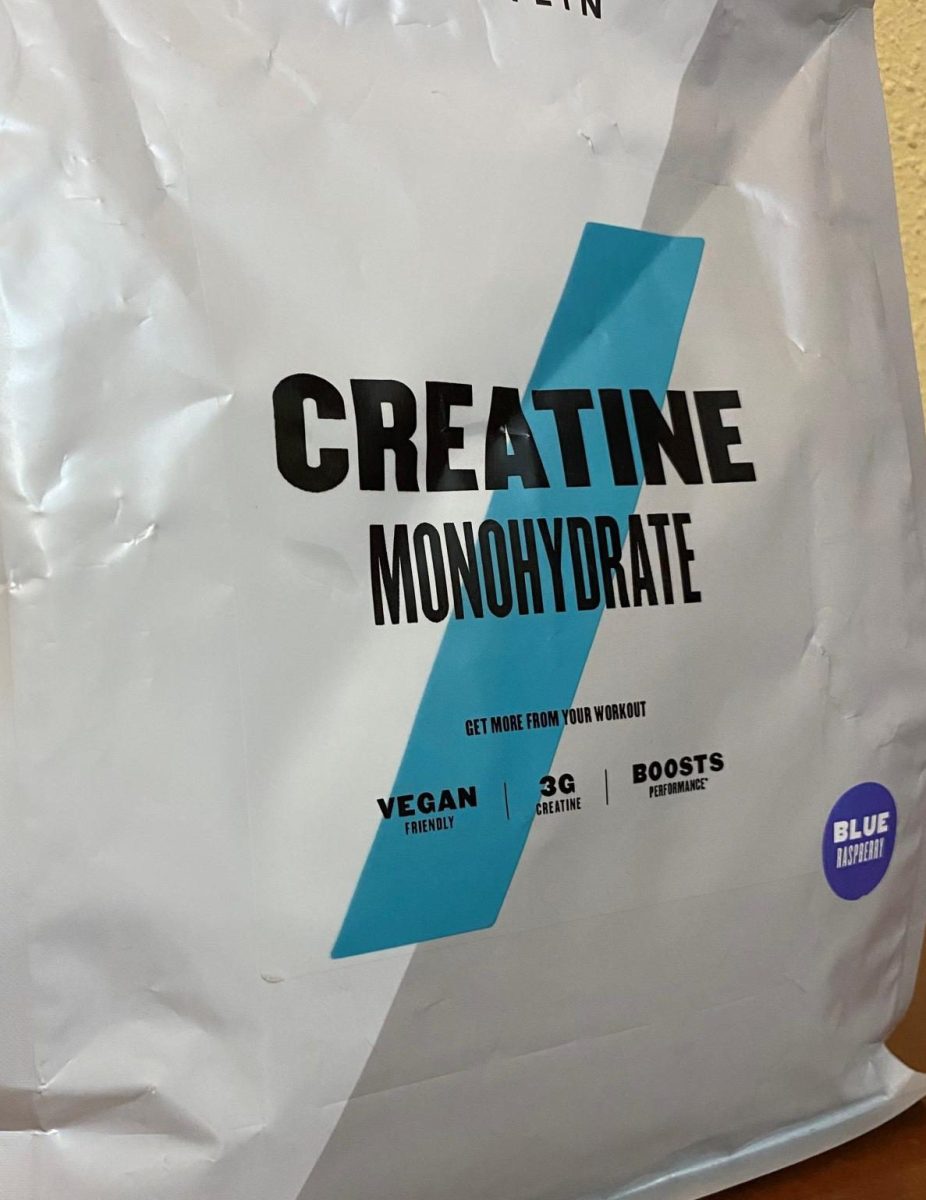The Path to Congressional Control
The races are on.
November 1, 2022
Every two years, Americans go to the polls to cast their ballots for the candidates of their choices and perpetuate the democratic ideals on which our nation was founded on Election Day. Every other election cycle, the voter turnout is undeniably higher due to the election of the president taking place.
This November will not be one of those; no, we have hit the opposing end of this oscillation: the midterm elections. This is a time in which the governorships of a majority of the states will be put to the people, as well as approximately one-third of the U.S. Senate seats and all U.S. House Seats.
Let us focus on the latter two here, as they will be the most influential for federal policy (which will affect all U.S. residents).
Beginning with the nationwide elections for the United States House of Representatives, all 435 members of the lower house of Congress will be up for reelection in November.
This house, with the aforementioned 435 seats, is currently composed of 220 Democrats and 212 Republicans, with three vacancies due to members of Congress passing away.
218 seats are required for a majority, giving the party holding the majority control of the House. Thus, as one can clearly see, Democrats hold a slim majority.
But this is not likely to remain the case after the 2022 midterm elections. This is primarily because the party that holds the White House (this year being the Democrats with President Joe Biden) almost always “loses” the first midterm of the respective presidency.
In 2018, when Donald Trump (a Republican) was serving as the president of the United States, Democrats took the House of Representatives from the Republicans. And in 2014, under Democratic President Barack Obama, Republicans picked up thirteen House Seats and eight Senate Seats, giving them their largest House majority in decades.
With the Democrats only holding a very slim majority, when considering this general truth, it is likely that they will lose control of the U.S. House. Still, the political analysis website FiveThirtyEight gives Democrats about a one in five chance to keep this chamber.
We shall now turn to the higher chamber of the U.S. Congress: the Senate. In this chamber, there are 100 seats, 35 of which are up for reelection this year. These 35 seats are composed of 14 Democrats and 21 Republicans.
The chamber is currently perfectly split between the two parties; it is composed of 50 Republicans, 48 Democrats, and 2 independents (Angus King of Maine and Bernie Sanders of Vermont) who caucus with the Democrats, creating a 50-50 split.
How, then, are votes decided when there is a tie? The Vice President of the United States (who also serves as the president of the Senate) breaks any ties that may arise during voting. Given that Vice President Kamala Harris is a Democrat, she will most likely break any 50-50 ties in favor of the Democrats.
Thus, the Democrats will only need 50 seats to control the Senate, whereas the Republicans need 51.
As I have already mentioned, the Senate is currently split 50-50, with the Democrats having control. Thus, Republicans would only need one pickup to take control of the chamber.
The battle for control of the Senate is extremely close, with FiveThirtyEight giving Democrats a 52% chance of keeping the chamber and Republicans a 48% chance of taking it.
Since there are fewer Senate races than House races, we can explore some crucial ones more deeply. Let us begin with the race to replace retiring Republican of Pennsylvania Pat Toomey. The Cook Political Report rates this race as a Toss Up.
In this race, Lieutenant Governor of Pennsylvania John Fetterman (a Democrat) is running against celebrity doctor Mehmet Oz (a Republican).
Fetterman holds about a four-point lead in polling averages, making him the slight favorite to win this race.
If Fetterman, a Democrat, wins this race, it will be a pickup of a seat for the Democrats. This is because the senator leaving the seat (Pat Toomey) is a Republican.
By contrast, the Republicans hope to pick up a seat in the usually blue state of Nevada. Here, incumbent Democrat Catherine Cortez Masto is running for reelection against Republican Adam Laxalt.
Virtually all credible pollsters are rating this race as a Toss Up as well, including the Cook Political Report, FiveThirtyEight, and Politico.
If Republicans pick up this seat and keep all other seats (including the retiring Toomey’s) they will take control of the U.S. Senate. This battle will truly be decided on a razor-thin margin.
Other notable Senate races include those of Georgia’s Democratic senator Raphael Warnock, who was elected in a special election in 2021 that was decided by a very small difference in votes and is running against Republican Herschel Walker and the Ohio race to replace the retiring Republican Rob Portman between Democrat Tim Ryan and Republican J.D. Vance.
The battle for Congress will be an interesting one indeed. With so many close races for the Senate and the House looking likely to change hands, it will be quite fascinating to see how these races will end up, as it will for our policies from 2022 until the next elections in 2024.







































Ted McCarthy • Nov 5, 2022 at 9:09 am
Nice work explaining the state of the race. What do you think the 2-3 most important issues that might impact young people as a result of the elections?
– Mr. McCarthy
Karen Raymond • Nov 1, 2022 at 7:56 am
Well written article explaining the upcoming elections.